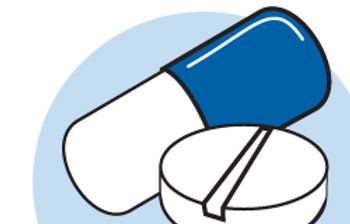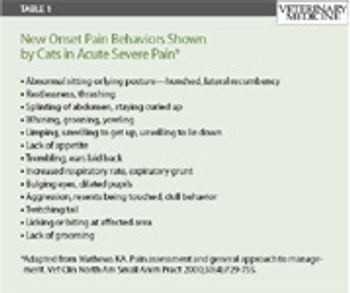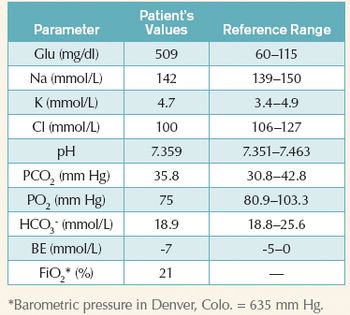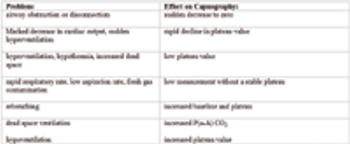
Which local anesthetic is best for shorter surgical procedures?

Which local anesthetic is best for shorter surgical procedures?

Veterinary pharmacologist Dr. Butch KuKanich gives his thoughts.

Dr. Mark Epstein gives his thoughts on feline pain management.

Let go of these popular misconceptions about opioid use in veterinary patients.

An important consideration for feline onychectomies.

Dr. John Dodam outlines necessary considerations when dealing with the anesthetization of pregnant animals.

What is pain? Pain is defined as an unpleasant sensory and emotional experience associated with actual or potential tissue damage. All potential and actual tissue damage in animals should be considered to cause pain. Pain can be experienced with or without accompanying signs of stress (e.g., tachycardia, hypertension). The first step in treating pain is to recognize the signs and symptoms.

Anesthetizing a patient with cardiac disease requires a plan for the use of supportive measures to maintain adequate tissue perfusion. As in the case of left sided cardiac dysfunction patients, volume administration frequently is not an option to support blood pressure. In these cases, should a positive inotropic or pressor agent be indicated, the volume of the adjunctive agent required should be deducted from the volume of crystalloid administered to maintain a balanced hourly rate.

What is pain? Pain is defined as an unpleasant sensory and emotional experience associated with actual or potential tissue damage. All potential and actual tissue damage in animals should be considered to cause pain. Pain can be experienced with or without accompanying signs of stress (e.g., tachycardia, hypertension). The first step in treating pain is to recognize the signs and symptoms.

The palmar digital nerves are blocked by injecting up to 2 ml of anesthetic over the nerves, along the edge of the DDFT. Much discussion has taken place regarding the proximal to distal level that the injection should occur. The PDN can be blocked anywhere from the proximal margin of the collateral cartilage to the mid pastern region.

As with any trauma patient presented to triage, a thorough pre-operative assessment must be performed and patient assessment begins with the first step inside the door. The traumatized patient will have altered physiological responses that will in turn alter the pharmacokinetics of the agents commonly used to provide anesthesia.

An introduction to the principles of clinical blood gas analysis and interpretation--including two case examples.

An 8-year-old 44-lb (20-kg) spayed female Siberian husky is a poorly regulated diabetic presenting for surgical excision of a grade I fibrosarcoma on the right thoracic wall.

A 5-year-old 37.6-lb (17.1-kg) neutered male border collie has a three-day history of vomiting.

To make a hands-free anesthesia face mask, we place a soft dog muzzle over the front of the mask and then attach the anesthetic hose to the front.

Patient stress is probably a contributing factor in some cases of adverse patient outcome. Stress during induction of anesthesia can increase circulating catecholamine concentration predisposing the heart to arrhythmias.

The capnograph is a noninvasive monitoring device that can provide information on ventilation (pulmonary function), blood flow, and equipment function. Knowledge of respiratory and cardiovascular physiology is essential to the understanding of capnography.

The presence of disease has been shown to be positively associated with increased anesthesia-related mortality. Indeed, the possibility of rapid decompensation when sedative or anesthetic drugs are administered in the presence of respiratory disease makes anesthesia in these patients particularly challenging.

A continuous rate infusion (CRI) is a dosing regimen used to deliver a constant amount of drug per unit time. The most common CRIs are administered intravenously; however, other methods such as transdermal deliver mimic the characteristics of CRIs.

Alpha 2 adrenergic agonists bind to alpha 2 receptors located in the dorsal horn of the spinal cord and brainstem, modulating the release of substance P, calcitonin gene-related peptide and various other neurotransmitters involved in rostral transmission of nociceptive information.

Accurate measurement of pain perception in individual non-human patients is impossible. However, management of pain requires objective measures of effectiveness of the applied treatment.

Cardiopulmonary arrest and resuscitation are not practice-builders! The success rate of cardiopulmonary cerebral resuscitation (CPCR) for animals or humans is disappointingly low.

I'll review the pathophysiological changes associated with the common congenital and acquired cardiac defects in small animal medicine and discuss the characteristics of anesthetic drugs that may make them desirable of undesirable for each problem.

Use of analgesics prior to surgery (preemptive analgesia) may also be beneficial. Non-steroidal anti-inflammatory drugs are commonly being administered during the perioperative period. Debate exists as to when to administer the drugs (preoperatively vs. postoperatively).

The liver is integral to the production of clotting factors and albumin, and the metabolism of proteins, carbohydrates, fats. In addition, a variety of other endogenous and exogenous substances are metabolized in the liver. Indeed, the liver plays a role in the elimination of most anesthetic drugs.